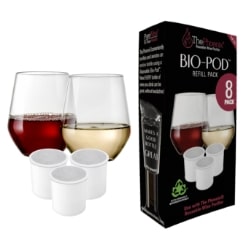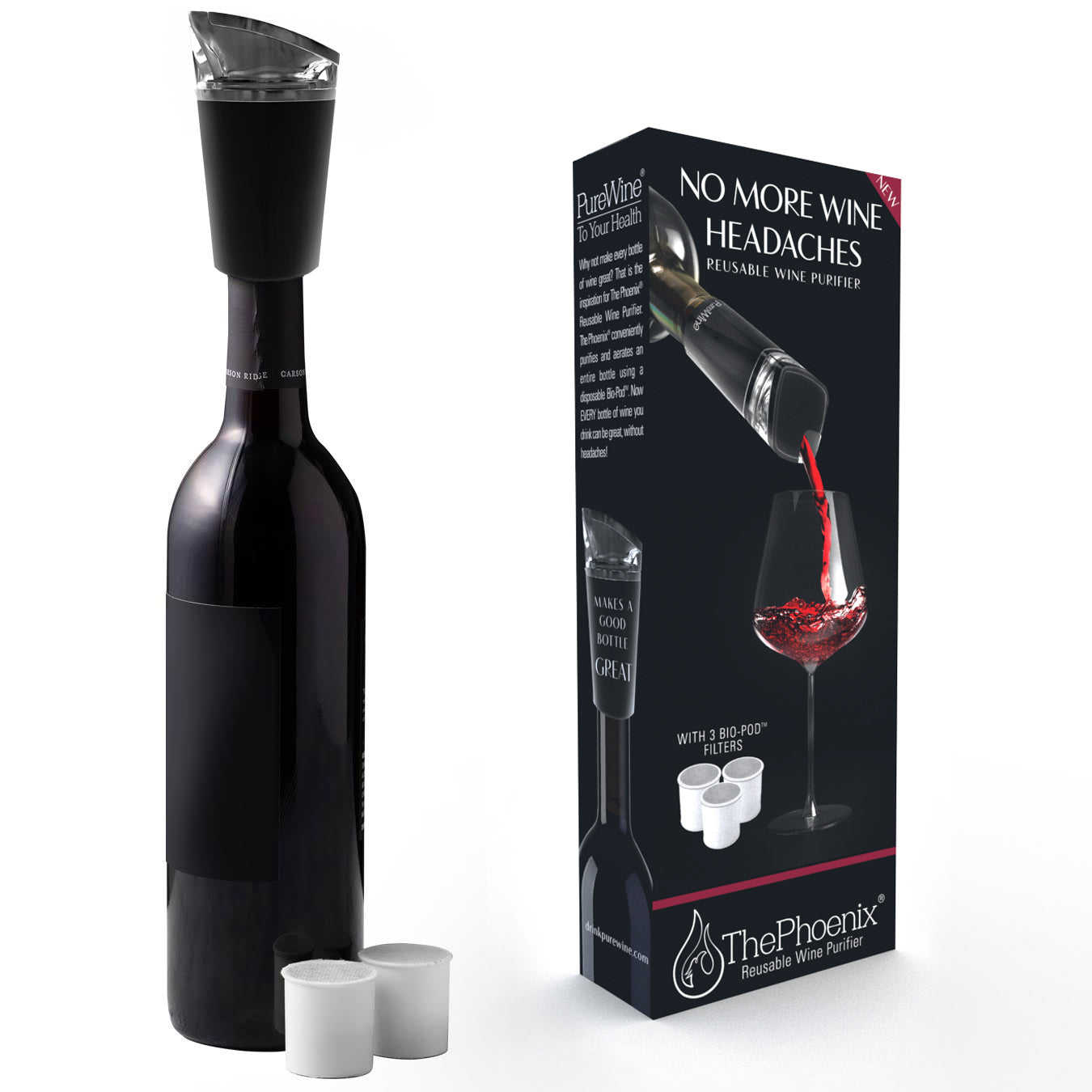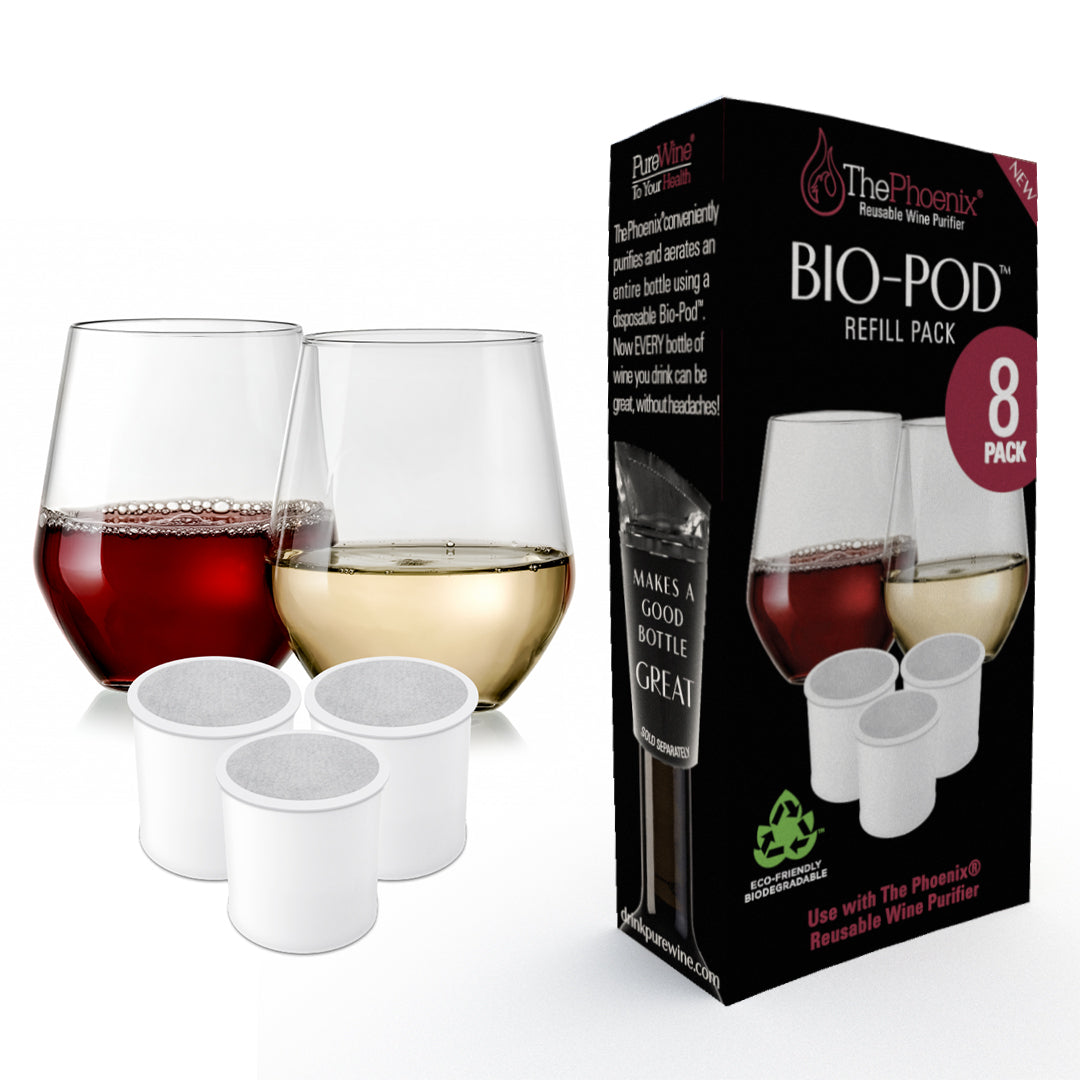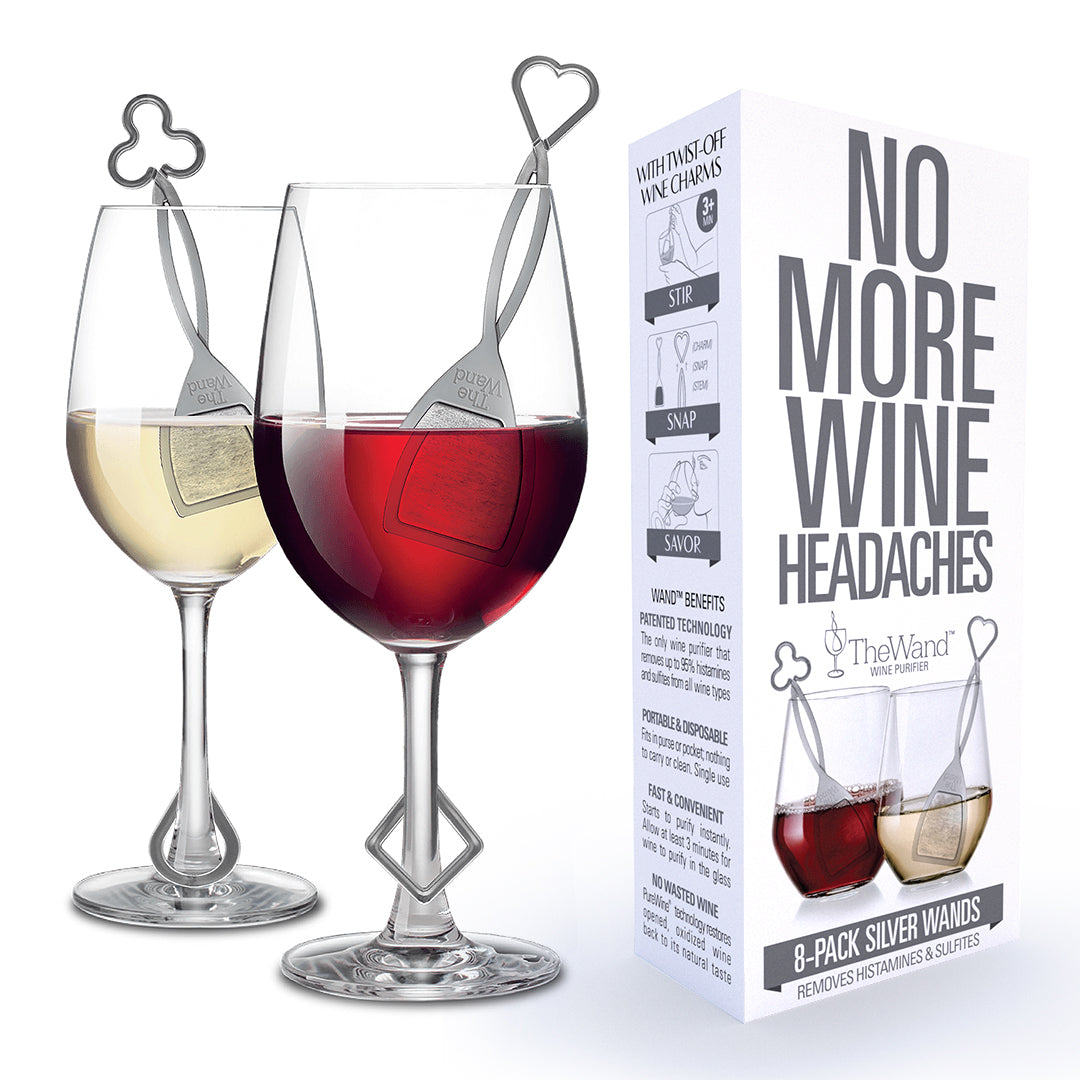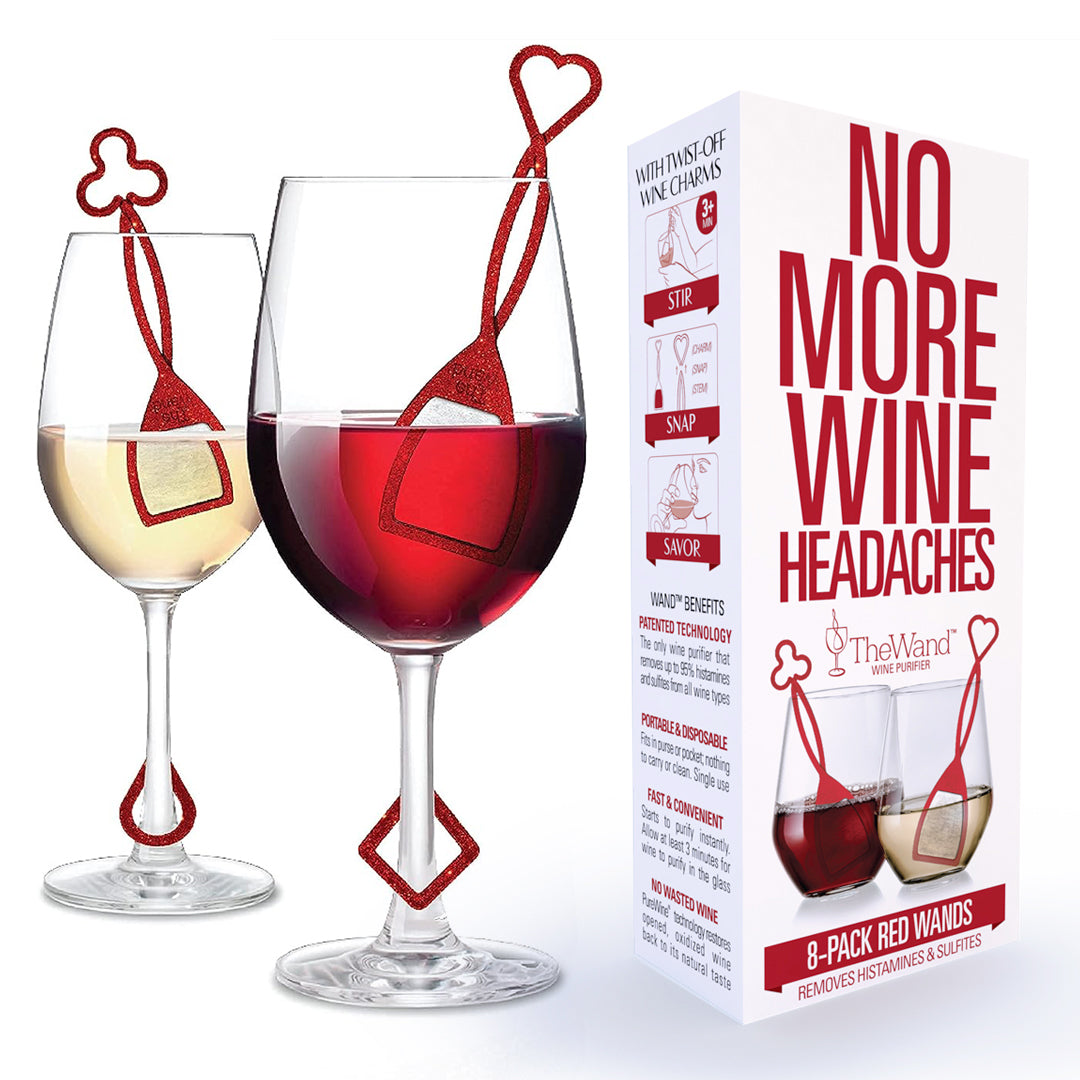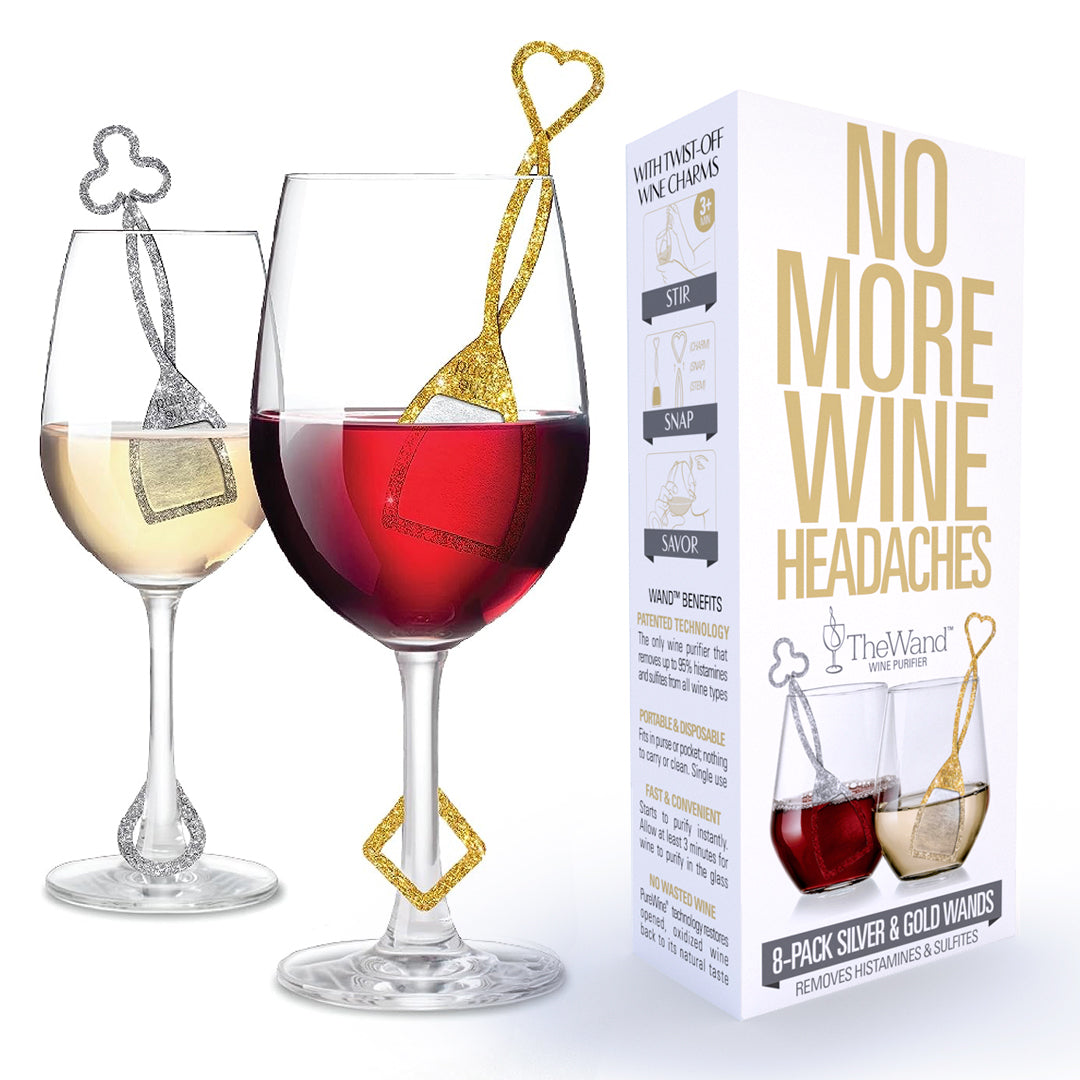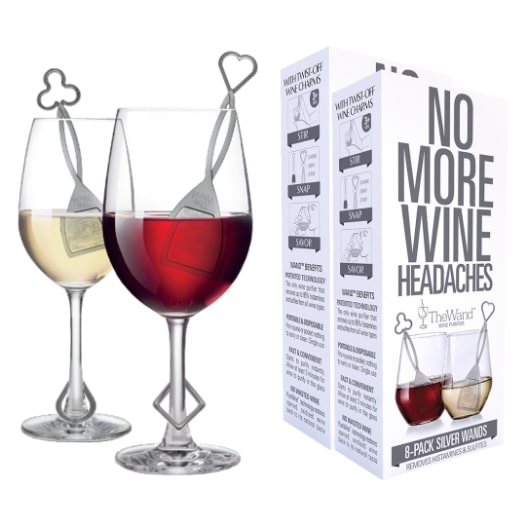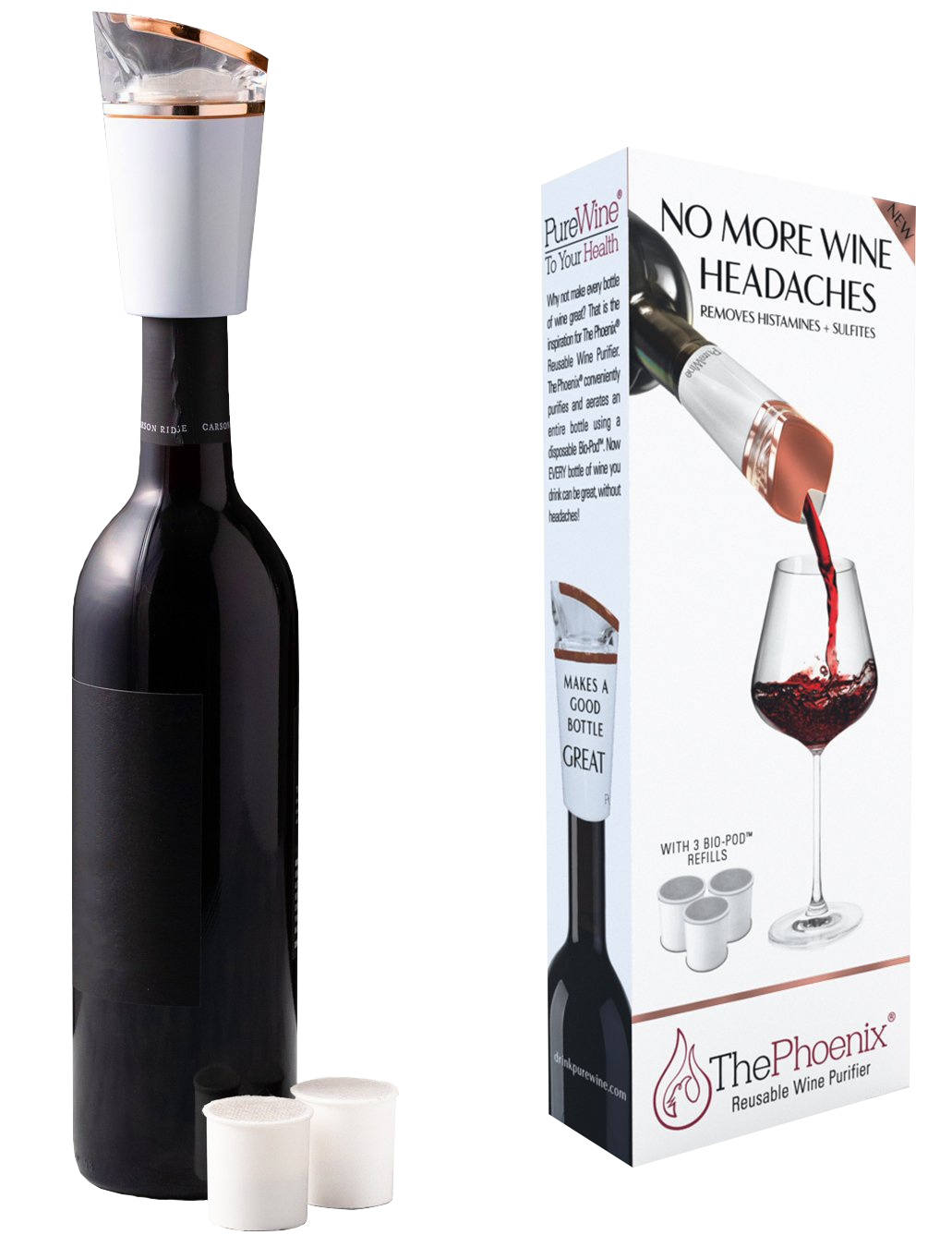Sour Grapes: Understanding Why Wine Turns into Vinegar and How to Prevent It
Are you a wine enthusiast who has ever experienced the disappointment of opening a bottle of wine only to discover that it has turned into vinegar? If so, you are not alone. Understanding why wine undergoes this unfortunate transformation and learning how to prevent it can save you from the sour grapes of disappointment.
In this article, we will explore the science behind this phenomenon of how wine goes to vinegar and provide you with practical tips to ensure that you enjoy your wine in its intended form. From the role of bacteria and oxygen to the importance of proper storage techniques, we will delve into the factors that contribute to wine turning into vinegar. Whether you are a casual wine drinker or a connoisseur, join us on this journey to unravel the mysteries of wine spoilage and discover the secrets to preserving the delicious flavors of your favorite vintages.
The Science Behind the Process of Wine Turning to Vinegar
Wine turning into vinegar may seem like magic, but it is actually a natural chemical process known as oxidation. Oxidation occurs when wine comes into contact with oxygen, causing it to spoil and transform into vinegar. This process is facilitated by the presence of certain bacteria, specifically acetobacter, which convert the alcohol in wine into acetic acid, the primary component of vinegar.
To understand this process, it is important to know that wine is made through the fermentation of grape juice by yeast. During fermentation, the yeast consumes the natural sugars in the grape juice and converts them into alcohol. However, if oxygen enters the wine-making process after fermentation, it can trigger a series of chemical reactions that result in the conversion of alcohol into acetic acid, giving the wine its distinct vinegar taste.
Why Does Wine Turn to Vinegar?
Several factors contribute to wine turning into vinegar, including improper storage, exposure to air, and the presence of acetobacter bacteria. Let's take a closer look at each of these factors:
Improper Storage
Wine is a delicate beverage that requires specific conditions to maintain its quality. If wine is stored in a warm environment, it can accelerate the oxidation process and increase the chances of it turning into vinegar. Similarly, storing wine in an upright position instead of on its side can allow air to enter the bottle, accelerating the spoilage process.
Exposure to Air
Oxygen is the enemy when it comes to preserving wine. When wine comes into contact with air, the chemical reactions that lead to vinegar formation are triggered. Exposure to air can occur during the winemaking process, through faulty corks, or improper storage techniques.
Presence of Acetobacter Bacteria
Acetobacter bacteria are naturally present in the environment, including on grape skins. If these bacteria find their way into the winemaking process, they can convert the alcohol in wine into acetic acid, causing the wine to turn into vinegar. Contamination can occur during fermentation or through contact with contaminated equipment or bottles.
Common Signs of Wine Turning into Vinegar
Detecting whether your wine has turned into vinegar can be quite easy, as there are several telltale signs to look out for. Here are some common indicators that your wine has undergone the unfortunate transformation:
Strong Vinegar Odor
The most obvious sign of wine turning into vinegar is a strong, pungent vinegar smell. If your wine emits a strong vinegar odor instead of its usual fruity or floral aroma, it is a clear indication that the wine has spoiled.
Sharp, Sour Taste
In addition to the vinegar smell, wine that has turned will have a sharp, sour taste. Instead of the complex flavors and balanced acidity that wine should possess, the sour taste will dominate, making it unpleasant to drink.
Cloudy Appearance
Wine that has turned into vinegar may appear cloudy or hazy instead of clear and bright. This cloudiness is a result of the chemical reactions that occur during the spoilage process.
If you observe any of these signs, it's best to discard the wine as it is no longer suitable for consumption.
How To Avoid Wine Turning to Vinegar
Preventing wine from turning into vinegar requires a combination of proper storage techniques and proactive measures to minimize the risk of contamination. Here are some preventive measures you can take to avoid vinegar formation:
Store Wine in a Cool, Dark Place
Heat and light can accelerate the oxidation process, leading to vinegar formation. It is essential to store your wine in a cool, dark place, such as a cellar or a wine refrigerator, to maintain its quality.
Keep Bottles Horizontal
Storing wine bottles horizontally keeps the cork moist and prevents air from entering the bottle. This position also helps prevent the growth of mold or bacteria on the cork, reducing the risk of contamination.
Invest in Quality Corks
Faulty corks are a common cause of wine spoilage. Investing in high-quality corks that create a tight seal will minimize the risk of air entering the bottle and prevent oxidation.
Avoid Temperature Fluctuations
Rapid temperature changes can negatively impact the quality of wine and accelerate the oxidation process. Try to avoid storing wine in areas where the temperature fluctuates significantly.
Use a Vacuum Pump or Argon Gas
Vacuum pumps and argon gas can be used to remove excess oxygen from opened bottles of wine, slowing down the oxidation process and extending the wine's shelf life.
By implementing these preventive measures, you can significantly reduce the risk of your wine turning into vinegar and ensure that you enjoy your favorite vintages as they were intended.
Proper Storage Techniques to Prevent Vinegar Formation
Proper storage techniques play a crucial role in preventing wine from turning into vinegar. Here are some specific storage techniques you should follow to maintain the quality of your wine:
Maintain Consistent Temperature
Wine should be stored at a consistent temperature between 45 and 65 degrees Fahrenheit (7 to 18 degrees Celsius). Fluctuations in temperature can cause the wine to expand and contract, leading to oxidation and vinegar formation.
Control Humidity Levels
Relative humidity levels between 55% and 75% are ideal for wine storage. Too much humidity can promote mold growth, while low humidity can cause corks to dry out, leading to air exposure.
Avoid Vibrations
Vibrations can disturb the sediment in the bottle and accelerate the aging process, negatively affecting the wine's flavor and quality. Store your wine in a place where it won't be subject to excessive vibrations.
Minimize Light Exposure
Ultraviolet light can cause chemical reactions in wine that lead to off-flavors and spoilage. Store your wine in a dark place or use dark-colored bottles to minimize light exposure.
Limit Oxygen Exposure
Wine should be stored in airtight conditions to minimize oxygen exposure. Invest in wine storage solutions, such as wine coolers or wine fridges, that provide a controlled environment and prevent air from entering the bottles.
By following these storage techniques, you can ensure that your wine remains in optimal condition, free from the risk of turning into vinegar.
The Role of Oxygen in Vinegar Formation
Oxygen plays a significant role in the transformation of wine into vinegar. When wine is exposed to air, the oxygen molecules react with the alcohol in the wine, resulting in the formation of acetic acid. The presence of acetobacter bacteria further facilitates this conversion.
To prevent wine from turning to vinegar, it is crucial to minimize the wine's exposure to oxygen. This can be achieved by storing the wine in airtight containers, using vacuum pumps to remove excess air from opened bottles, and avoiding unnecessary decanting or pouring, which introduces oxygen into the wine.
Understanding the Importance of Acidity in Preventing Vinegar Formation
The acidity of wine plays a crucial role in preventing vinegar formation. Wines with higher acidity are less likely to turn into vinegar compared to wines with lower acidity levels. The low pH of acidic wines inhibits the growth of acetobacter bacteria and slows down the oxidation process.
Winemakers carefully monitor and adjust the acidity levels during the winemaking process to ensure that the wine has the right balance of flavors and acidity. As a consumer, choosing wines with higher acidity can help minimize the risk of vinegar formation.
How to Salvage Vinegar-Like Wine
Despite your best efforts, there may be instances where you discover that your wine has turned into vinegar. While it may not be suitable for drinking, you can still salvage vinegar-like wine and put it to good use. Here are a few creative ways to utilize wine that has turned into vinegar:
Cooking
Vinegar-like wine can add a unique tangy flavor to your culinary creations. Use it in salad dressings, marinades, or to deglaze pans while cooking.
Pickling
Vinegar is an essential ingredient in pickling. Use your vinegar-like wine as a base for pickling vegetables, fruits, or even meat.
Cleaning
The acidity in vinegar-like wine makes it an effective natural cleaning agent. Use it to clean windows, remove stains, or as a natural deodorizer.
While it may not be ideal for drinking, repurposing vinegar-like wine can save you from wasting it completely.
WIne Turning to Vinegar FAQs
What causes wine to turn into vinegar?
The process of wine turning into vinegar is actually a natural one and results from the action of acetic acid bacteria. These bacteria consume the alcohol in the wine and convert it into acetic acid, resulting in vinegar. The bacteria is often present in the air and can enter the wine through the cork or during the bottling process.
How to prevent wine from turning into vinegar?
The key to preventing your wine from turning into vinegar is limiting its exposure to oxygen. Always ensure to tightly seal the wine after opening and store it in a cool and dark place. Using a vacuum sealer or wine pump can also extract any air in the bottle, further preserving the wine.
Can you drink wine that has turned into vinegar?
While it may not taste very good, wine that has turned into vinegar isn't harmful to consume. However, its sharp, tangy taste may make it unsuitable for normal consumption. However, it may still be used for cooking, similar to regularly purchased cooking wine or vinegar.
Wine Turning to Vinegar - Conclusion and Final Thoughts
Wine turning into vinegar can be a disappointing experience for any wine enthusiast. However, by understanding the science behind this process and implementing proper storage techniques, you can minimize the risk of vinegar formation and ensure that you enjoy your wine in its intended form. From controlling temperature and humidity to limiting oxygen exposure, each step plays a vital role in preserving the quality and flavors of your favorite vintages.
If you do find yourself with vinegar-like wine, remember that all is not lost. Put your culinary skills to use by incorporating it into your cooking or explore the cleaning benefits it offers. By making the most of this unfortunate transformation, you can turn sour grapes into a delightful experience.
So, raise a glass to the art of wine preservation and bid farewell to the sour taste of vinegar. Cheers to enjoying wine as it was meant to be—full of flavor, complexity, and the pure pleasure that only a well-preserved vintage can provide.
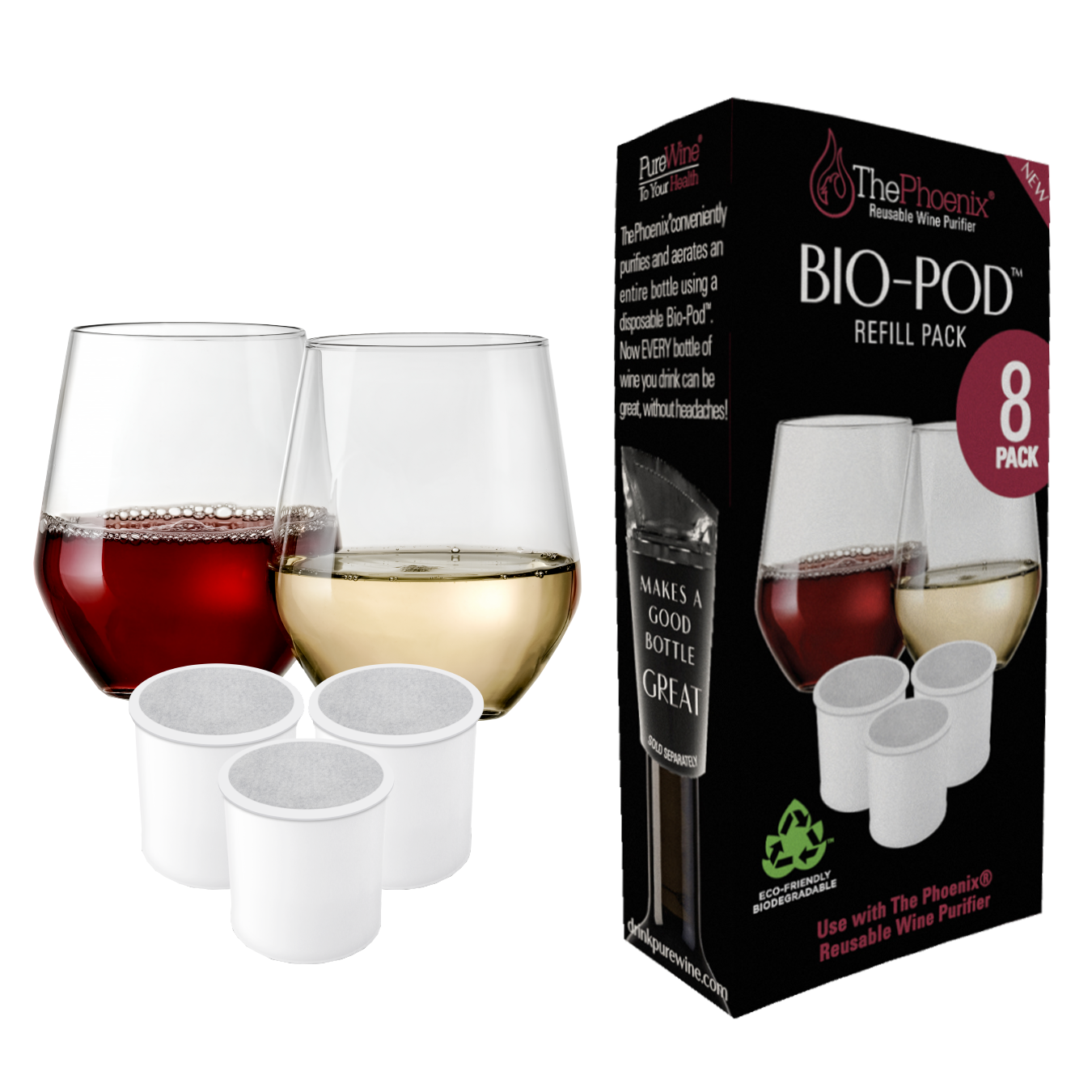
 (20 reviews)
(20 reviews)


